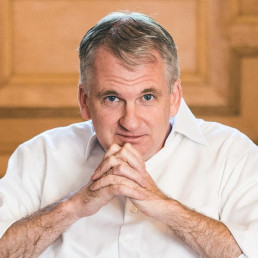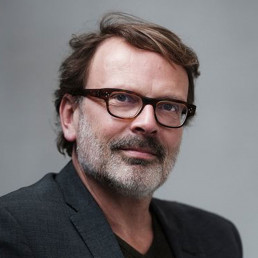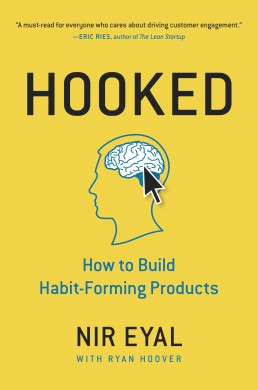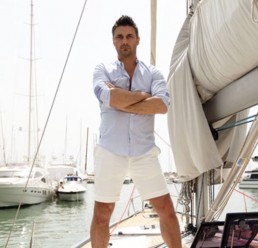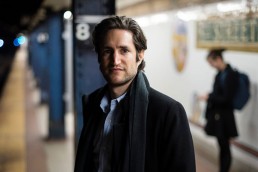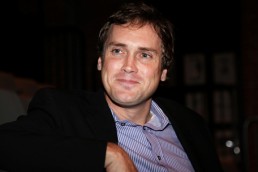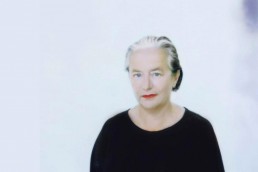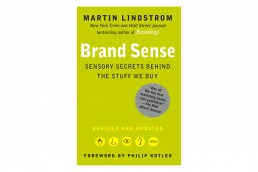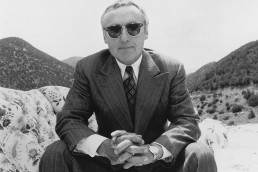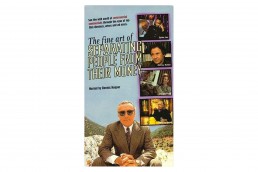Timothy Snyder - On Tyranny
On Tyranny
#1 NEW YORK TIMES BESTSELLER • A “bracing” (Vox) guide for surviving and resisting America’s turn towards authoritarianism, from “a rising public intellectual unafraid to make bold connections between past and present” (The New York Times)“Timothy Snyder reasons with unparalleled clarity, throwing the past and future into sharp relief. He has written the rare kind of book that can be read in one sitting but will keep you coming back to help regain your bearings.”—Masha Gessen
The Founding Fathers tried to protect us from the threat they knew, the tyranny that overcame ancient democracy. Today, our political order faces new threats, not unlike the totalitarianism of the twentieth century. We are no wiser than the Europeans who saw democracy yield to fascism, Nazism, or communism. Our one advantage is that we might learn from their experience.
On Tyranny is a call to arms and a guide to resistance, with invaluable ideas for how we can preserve our freedoms in the uncertain years to come.
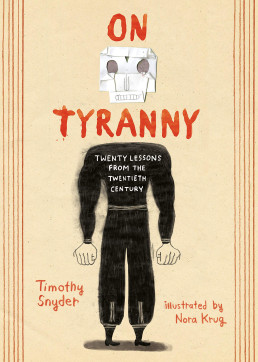
''Fascists rejected reason in the name of will, denying objective truth in favor of a glorious myth articulated by leaders who claimed to give voice to the people. '
'
On Tyranny - Timothy Snyder
About the book and discussions about the presented issues:
All rights belong to the owners of the works presented.
Hans Schnitzler - We Nihilists
Wij Nihilisten
An elite of tech entrepreneurs has succeeded in dominating people and society in a very short time. Since the introduction of the iPhone in 2007, services such as WhatsApp, Instagram, Snapchat or the cloud have become indispensable. In fifteen years, a collective digital conversion has taken place that has radically changed our lives.
In Wij nihilisten, Hans Schnitzler poses a question that is hardly ever asked: how did this virtual class manage to do this? Inspired by, among other things, Friedrich Nietzsche’s writings on nihilism, he goes in search of the cultural roots of this success. His quest immerses the reader in the wonderful world of the archetype of the internet age: the nerd. At the same time, he presents a mirror to us: in fact we are all nerds.
The data revolution threatens to eat its own children. With this book, Schnitzler urges us to face our own part in this. Because only when we are aware of this change is possible.
You can buy the book here (Dutch only):
https://www.debezigebij.nl/boek/wij-nihilisten/

'The one who sees it all, sees nothing'
C.S. Lewis
Videos about the book and discussions about the presented issues:
All rights belong to the owners of the works presented.
Hooked - Why we can't stop using some apps
Nir Eyal makes it clear why we are hooked to some apps.
Behavior Can Be Designed
Nir Eyal: ‘Whether you are designing the behavior change of your consumers or your own habits, you’ll benefit from understanding research I share from behavioral economics, neuroscience, and consumer psychology.’
Addictive Behaviors – Nir Eyal | Inside Quest #28
What makes some technology so habit-forming? | Nir Eyal | TED Institute
How to Build Habit-Forming Products | Nir Eyal @ Startup Grind Global 2017
Posh pawn - Great TV - Great business model
https://www.prestigepawnbrokers.co.uk/posh-pawn-tv-show-channel-4/
Adam Alter - Irresistible
People have been addicted to substances for thousands of years, but for the past two decades, we’ve also been hooked on technologies, like Instagram, Netflix, Facebook, Fitbit, Twitter, and email—platforms we’ve adopted because we assume they’ll make our lives better. These inventions have profound upsides, but their appeal isn’t an accident. Technology companies and marketers have teams of engineers and researchers devoted to keeping us engaged. They know how to push our buttons, and how to coax us into using their products for hours, days, and weeks on end.
Tracing addiction through history, Alter shows that we’re only just beginning to understand the epidemic of behavioral addiction gripping society. He takes us inside the human brain at the very moment we score points on a smartphone game, or see that someone has liked a photo we’ve posted on Instagram. But more than that, Alter heads the problem off at the pass, letting us know what we can do to step away from the screen. He lays out the options we have to address this problem before it truly consumes us. After all, who among us hasn’t struggled to ignore the ding of a new email, the next episode in a TV series, or the desire to play a game just one more time?
“We live in an age of addiction — seemingly benign and otherwise — and Adam Alter, mixing the latest in behavioral science with briskly engaging storytelling, wakes us to an age-old problem that has found troubling new expression in the era of ubiquitous technology. You may never look at your smartphone in the same way again.”
—Tom Vanderbilt, author of Traffic and You May Also Like

Check out this video to see him talking about the book
Dior and I - Documentary about Raf Simons first collection at Dior
Dior and I brings the viewer inside the storied world of the Christian Dior fashion house with a privileged, behind-the-scenes look at the creation of Raf Simons’ first haute couture collection as its new artistic director-a true labor of love created by a dedicated group of collaborators. Melding the everyday, pressure-filled components of fashion with mysterious echoes from the iconic brand’s past, the film is also a colorful homage to the seamstresses who serve Simons’ vision.
– Written by The Orchard
'I don't care where she is... I need her now'
Raf Simons
The Dior fashion house
In 1946 Marcel Boussac, a successful entrepreneur known as the richest man in France, invited Dior to design for Philippe et Gaston, a Paris fashion house launched in 1925.[10] Dior refused, wishing to make a fresh start under his own name rather than reviving an old brand.[11] On 8 December 1946, with Boussac’s backing, Dior founded his fashion house. The actual name of the line of his first collection, presented on 12 February 1947,[12] was Corolle (literally the botanical term corolla or circlet of flower petals in English), but the phrase New Look was coined for it by Carmel Snow, the editor-in-chief of Harper’s Bazaar.

Tom Vanderbilt - You May Also Like
You may also like, taste in age of endless choice.
Why we like the things we like, why we hate the things we hate, and what our preferences reveal about us.
With a voracious curiosity, Vanderbilt stalks the elusive beast of taste, probing research in psychology, marketing, and neuroscience to answer myriad complex and fascinating questions. Comprehensively researched and singularly insightful, You May Also Like is a joyous intellectual journey that helps us better understand how we perceive, judge, and appreciate the world around us.

Check out this video to see him talking about the book
Self fulfilling prophecies by Li Edelkoort
Self fulfilling prophecies:
When you have as much clout as Li Edelkoort, your prophecies become self fulfilling. However, it took her almost a lifetime to get there.
'It's the end of fashion as we know it'
Lidewij Edelkoort
Fashion is dead:
Trend forecaster Li Edelkoort has declared, describing the fashion industry as “a ridiculous and pathetic parody of what it has been”
Lidewij Edelkoort, one of the world’s most influential fashion forecasters, used her annual presentation at Design Indaba in Cape Town to fire a broadside at the industry. “This is the end of fashion as we know it.”
Edelkoort said her interest in fashion had now been replaced by an interest in clothes, since fashion has lost touch with what is going on in the world and what people want.
“Fashion is insular and is placing itself outside society, which is a very dangerous step,” she said in an interview.
Edelkoort listed a number of reasons for the crisis in fashion, starting with education, where young designers are taught to emulate the famous names. “We still educate our young people to become catwalk designers; unique individuals,” she said, “whereas this society is now about exchange and the new economy and working together in teams and groups.”
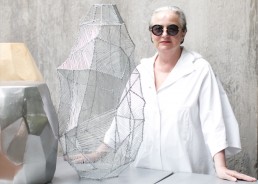
Brand Sense - Martin Lindstrom
The definitive book on sensory branding, shows how companies appeal to consumers’ five senses to sell products.
Did you know that the gratifying smell that accompanies the purchase of a new automobile actually comes from a factory-installed aerosol can containing “new car” aroma? Or that Kellogg’s trademarked “crunch” is generated in sound laboratories? Or that the distinctive click of a just-opened jar of Nescafé freeze-dried coffee, as well as the aroma of the crystals, has been developed in factories over the past decades? Or that many adolescents recognize a pair of Abercrombie & Fitch jeans not by their look or cut but by their fragrance?
In perhaps the most creative and authoritative book on how our senses affect our everyday purchasing decisions, global branding guru Martin Lindstrom reveals how the world’s most successful companies and products integrate touch, taste, smell, sight, and sound with startling and sometimes even shocking results. In conjunction with renowned research institution Millward Brown, Lindstrom’s innovative worldwide study unveils how all of us are slaves to our senses—and how, after reading this book, we’ll never be able to see, hear, or touch anything from our running shoes to our own car doors the same way again.
An expert on consumer shopping behavior, Lindstrom has helped transform the face of global marketing with more than twenty years of hands-on experience. Firmly grounded in science, and disclosing the secrets of all our favorite brands, Brand Sense shows how we consumers are unwittingly seduced by touch, smell, sound, and more.
The Fine Art of Separating People from Their Money
The film is hosted by Hollywood star Dennis Hopper and is directed by Hermann Vaske. Shot in the Atlas Mountains of Morocco, Hopper delivers a powerful performance. Arty as you’ve never seen him before, he puts advertising into perspective of popular culture at the end of the 20th century. Spitting colour, laughing his head off, destroying books, Dennis Hopper sends Hermann Vaske on a mission to talk to the greatest ad men, directors and artists to find out about the crossover between various creative disciplines. In a visually dazzling, wickedly funny slam of creativity and media obsession, Hermann conducts unconventional kinds of interviews
Epilogue
Interesting to see that part 4, which is about using shock as a paradigm and which you should surely skip if you detest shocking imagery, hasn’t survived the test of time. Pulp Fiction by Quintin Tarantino, quoted in this part of the film when it was just released, has.

